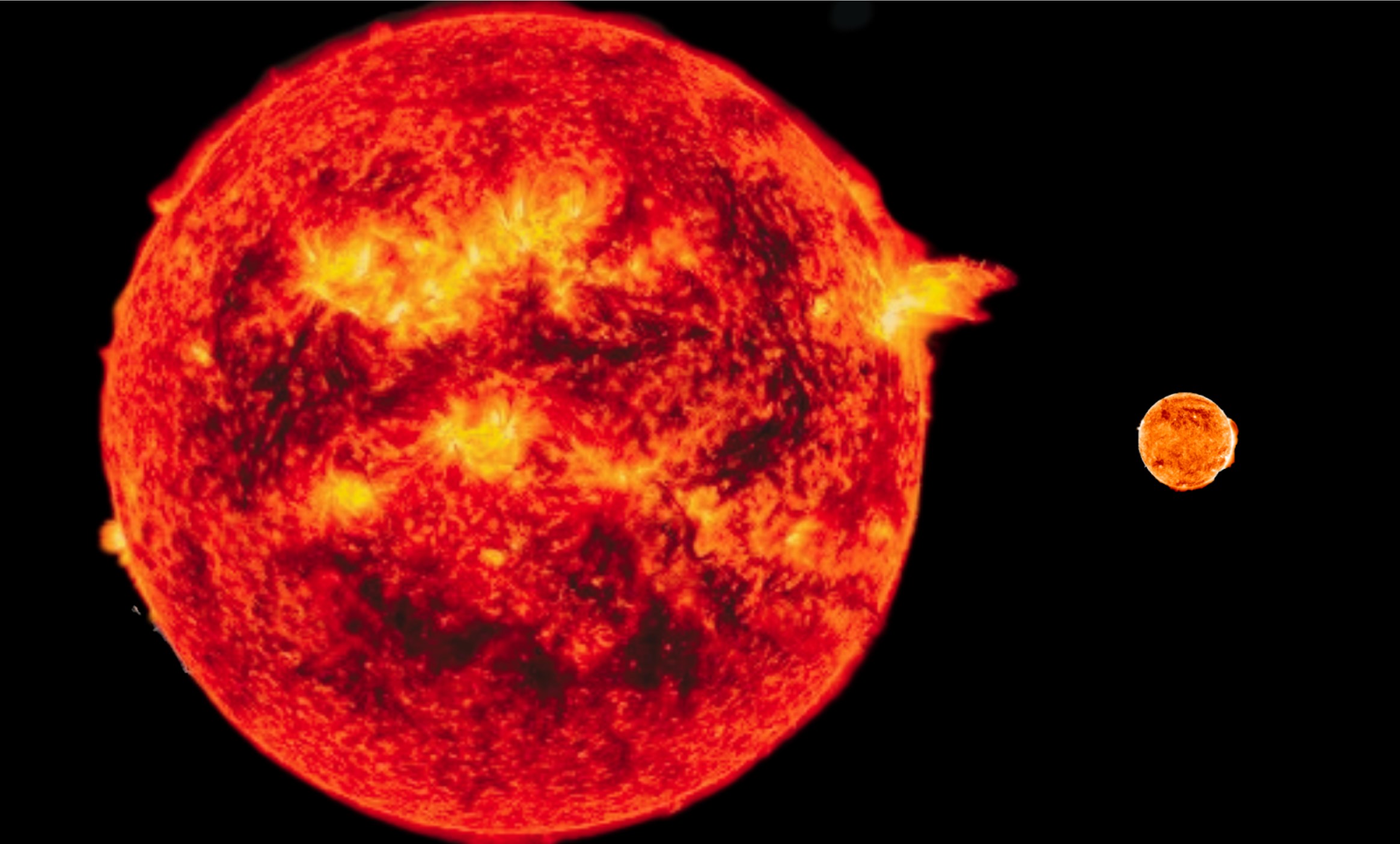See the crescent moon pose with Pollux this week
Early risers on Tuesday will be able to see the moon by Pollux, one of the twin stars that gave the constellation of Gemini its name.

On Tuesday (Sept. 20), skywatchers will get the opportunity to see the moon next to Pollux, one of the bright twin stars of the constellation Gemini.
The waning crescent moon will pass Pollux in the early morning, meaning astronomers are going to have to be early risers or serious night owls to spot the event.
As the moon sits next to Pollux, the star's stellar twin Castor will be located slightly above and to the right of the pair. The moon is currently waning, meaning is light side is receding and will be seen as a fine crescent on Tuesday.
Related: Night sky, September 2022: What you can see tonight [maps]
Read More: What is the moon phase today? Lunar phases 2022
The constellation of Gemini takes its name from the twin stars of Pollux and Castor, with these stars seen as the heads of the stick figures that make up the constellation.
Pollux and Castor are notable because of their proximity to each other in the night sky and because of how similar in brightness they are.
The slightly brighter star, Pollux is one of the 20 brightest stars in the night sky with a magnitude of 1.16. The star has a golden color as seen from Earth, while its slightly dimmer twin Castor has a white/blue shimmer. (The lower an object's magnitude, the brighter it appears to the eye.)
Get the Space.com Newsletter
Breaking space news, the latest updates on rocket launches, skywatching events and more!
Despite appearing so close in the night sky, the twin stars are distant from each other in space. Pollux is located roughly 33 light-years away from the solar system, while Castor is more distant at 51 light-years away.
Pollux is a red giant star with a diameter that is around ten times that of the sun despite only having around twice the mass of our star. Stars reach the red giant phase of their lives when they have exhausted their supply of hydrogen in their cores.

As hydrogen is the fuel for nuclear fusion and this process provides the energy for the outward push that balances the inward pull of gravity, the stellar core can no longer protect itself against gravitational collapse. As the core crushes inwards, the outer layers of the star 'puff out' resulting in a red giant star.

Looking for a telescope for the moon or Pollux? We recommend the Celestron Astro Fi 102 as the top pick in our best beginner's telescope guide.
The sun will exhaust its hydrogen in around 5 billion years and will undergo the transformation into a red giant like Pollux. The sun's diameter will swell out to around the orbit of Mars, consuming the inner rocky worlds — including Earth.
Despite having undergone this destructive process, we know that Pollux has managed to hang on to at least one of its planets. The exoplanet we have discovered orbiting Pollux — known as Pollux b or Thestias — is a gas giant with a mass twice that of Jupiter.
Thestias orbits Pollux at a distance of about 153 million miles, just a little further out from the star than Mars is from the sun.
As winter approaches in the Northern Hemisphere, so does the optimal time to observe both Pollux and Castor. Both are fairly straightforward to spot during the evenings of the Winter months, located above the constellation of Orion in the southern sky.
Don't miss our guides for the best binoculars and the best telescopes to spot the moon, the twin stars of Gemini, or any other celestial wonders. For capturing the best moon pictures you can, check out our guide for photographing the moon, along with our recommendations for the best cameras for astrophotography and best lenses for astrophotography.
Editor's Note: If you snap a photo of the moon near Pollux and would like to share it with Space.com's readers, send your photo(s), comments, and your name and location to spacephotos@space.com.
Follow us on Twitter @Spacedotcom or on Facebook.
Join our Space Forums to keep talking space on the latest missions, night sky and more! And if you have a news tip, correction or comment, let us know at: community@space.com.

Robert Lea is a science journalist in the U.K. whose articles have been published in Physics World, New Scientist, Astronomy Magazine, All About Space, Newsweek and ZME Science. He also writes about science communication for Elsevier and the European Journal of Physics. Rob holds a bachelor of science degree in physics and astronomy from the U.K.’s Open University. Follow him on Twitter @sciencef1rst.









